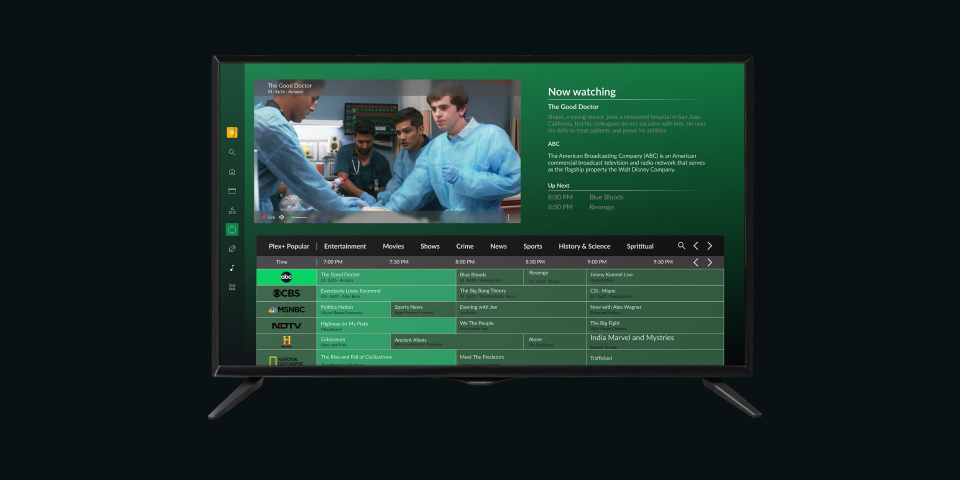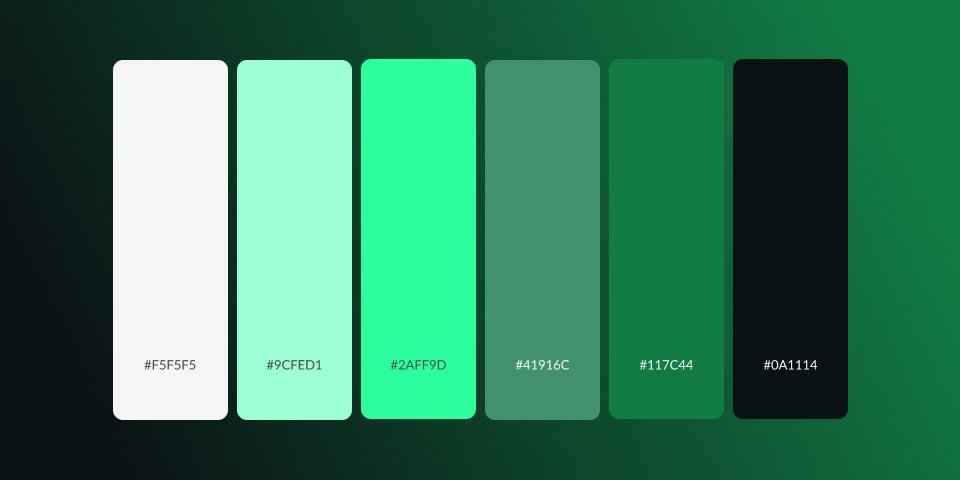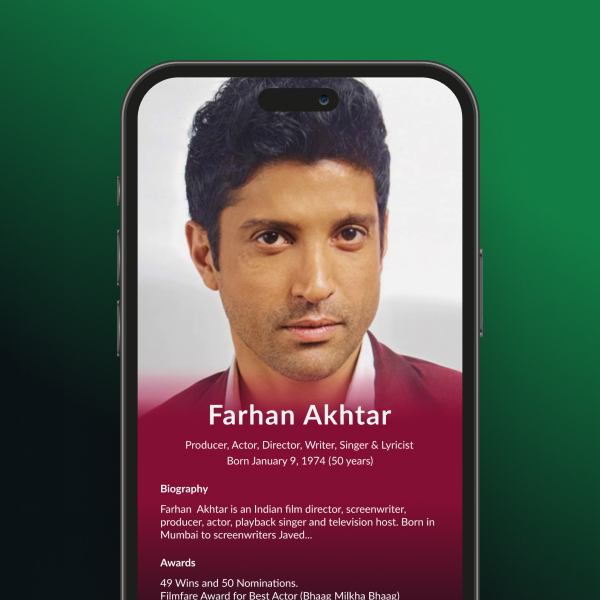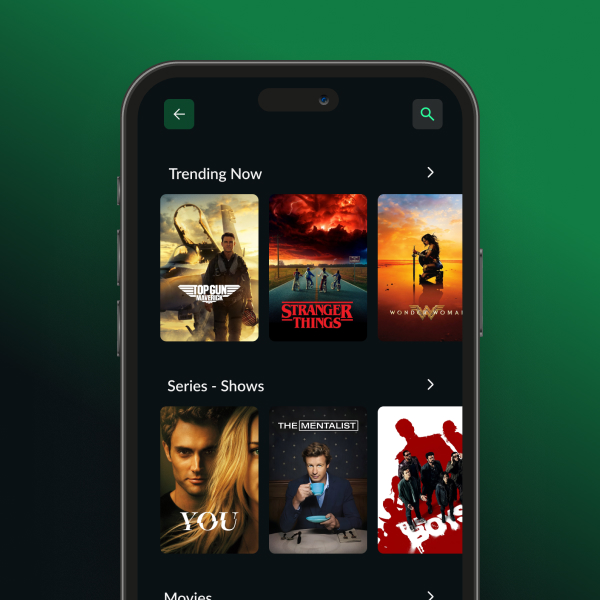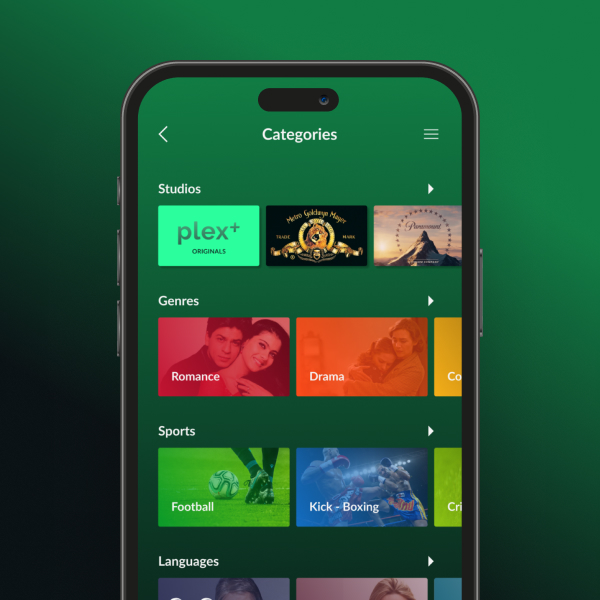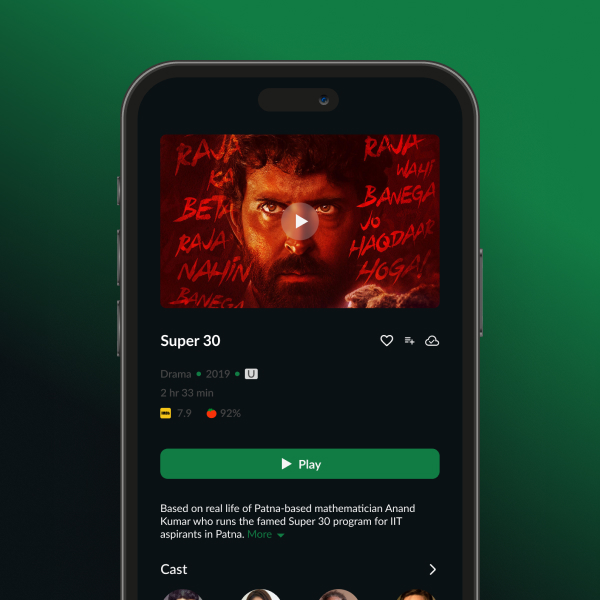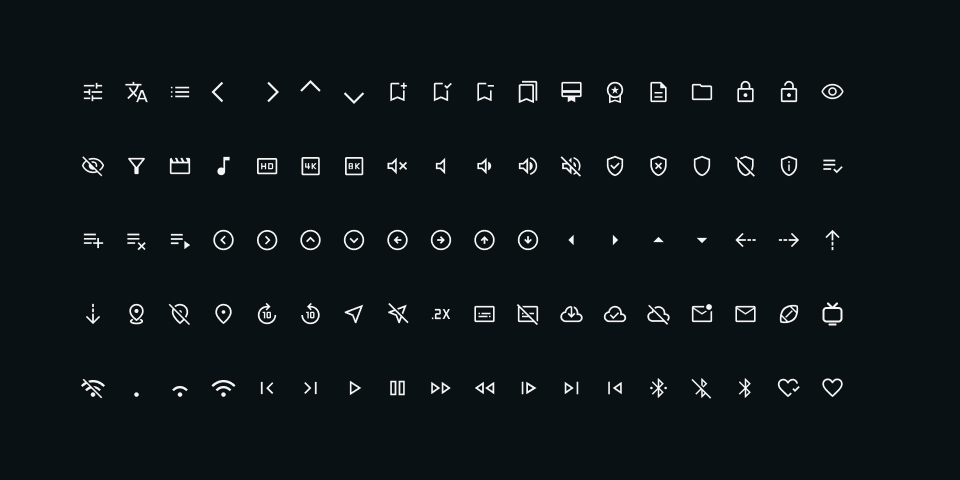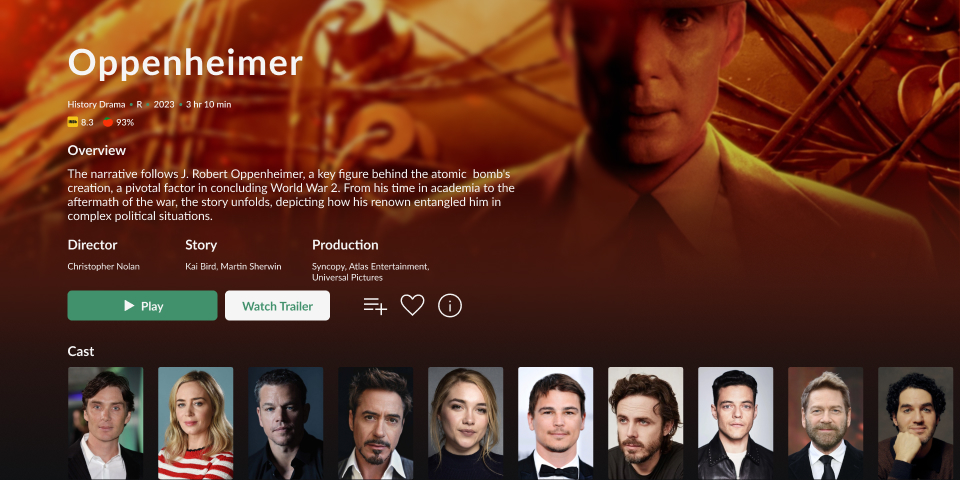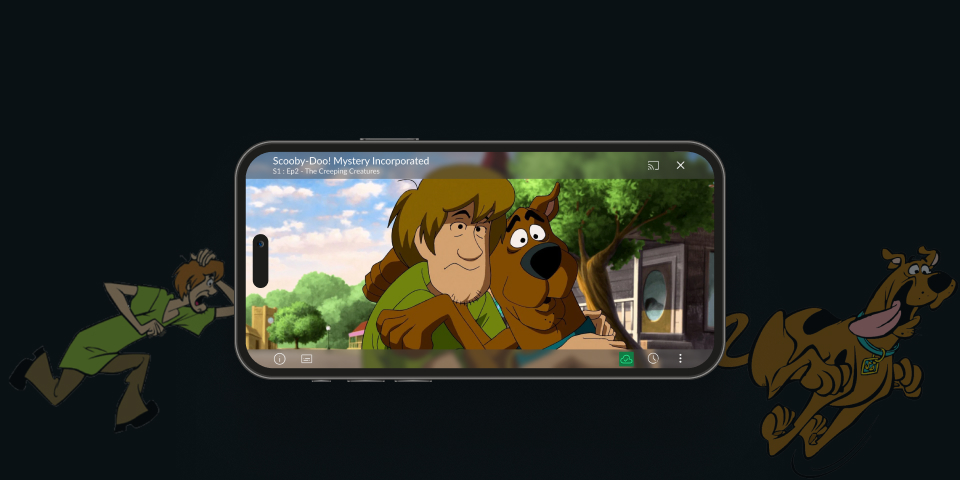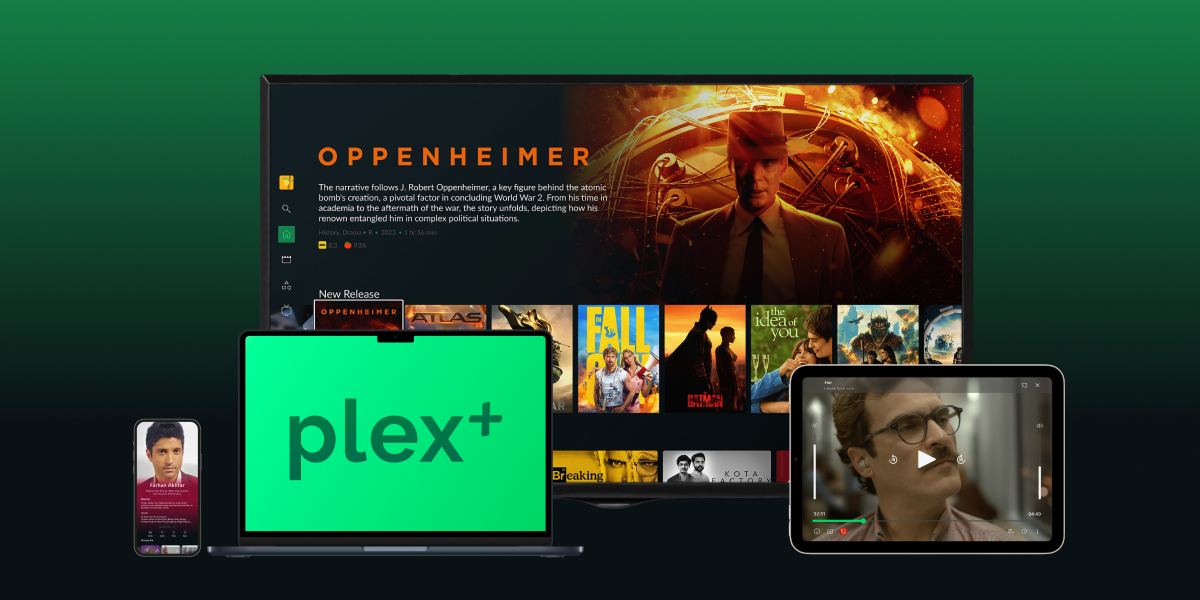
Challenge
Plex+ faced the challenge of revitalizing its design approach to cater to a growing user base while maintaining its core functionality and usability. The existing platform struggled with a cluttered interface, inconsistent design elements, and a lack of advanced features, making it difficult to meet evolving user expectations. Feedback revealed pain points in navigation, visual appeal, and accessibility, which hindered user engagement and satisfaction. The primary challenge was to overhaul the design process to create a more user-centric, visually appealing, and functional platform that could adapt to future needs.
Goal
The goal was to introduce a refined and innovative design system that would elevate the user experience while maintaining simplicity and ease of use. This included creating a cohesive visual identity, improving navigation, and integrating advanced features that resonated with the user base. Another key objective was to streamline the design process itself, fostering better collaboration between design, development, and product teams to ensure efficient implementation. Success would be measured by increased user engagement, improved feedback scores, and enhanced brand perception.
Solution
The project began with user feedback analysis, competitor research, and stakeholder interviews to identify areas for improvement. A modern design system was created with consistent typography, color schemes, and UI components. Simplified navigation enhanced usability, and interactive prototypes tested new features. The modular design allowed scalability, and cross-functional collaboration ensured alignment. The redesigned Plex+ platform improved usability and set a new standard for innovation, resulting in higher user satisfaction and engagement.
